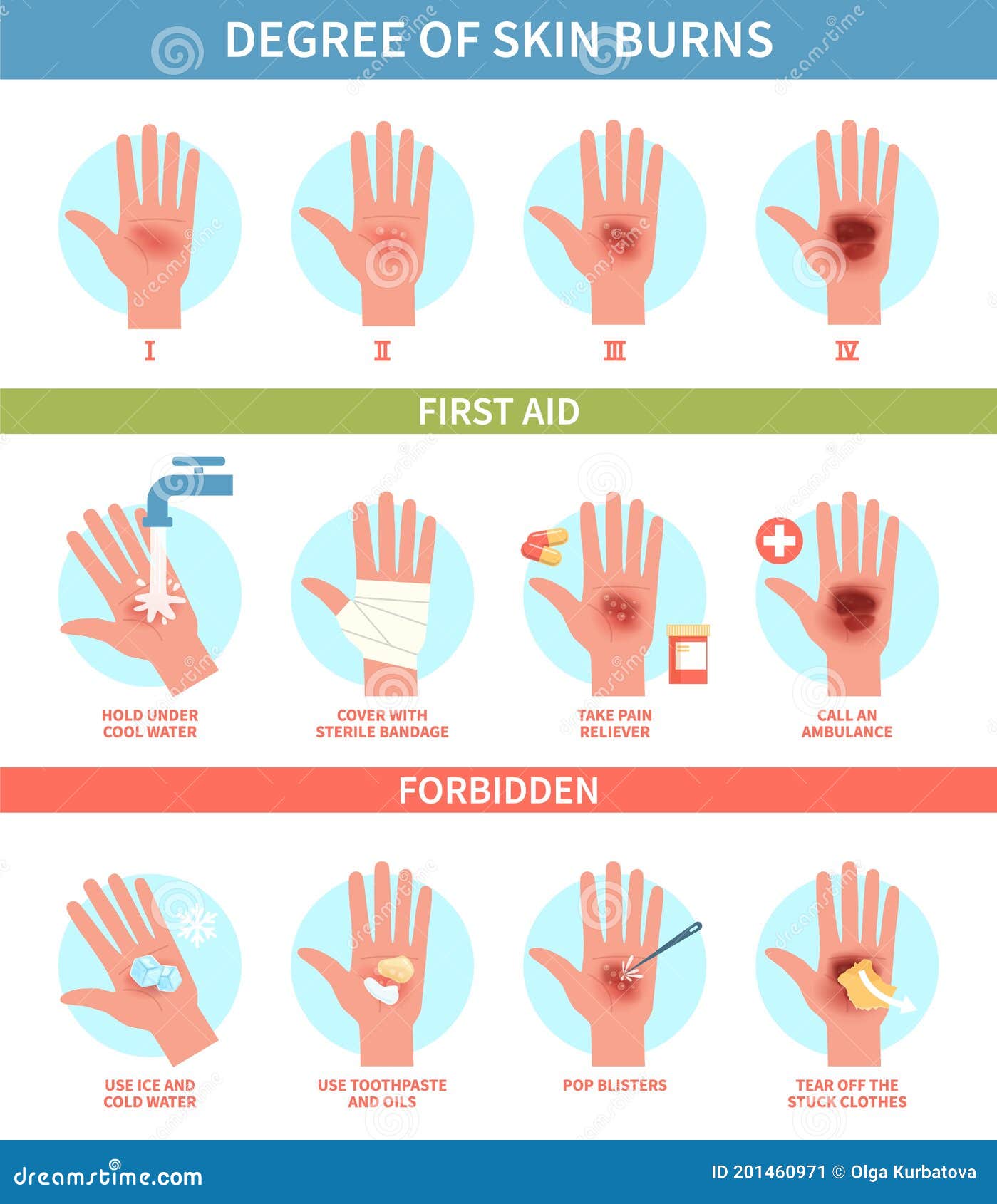
There are some situations that can be more severe called fourth-degree burns.
#Burn degrees skin
Your skin may have a leathery appearance and the area can suffer from long-term scarring. Because of the damage to your nerves, you may experience numbness in the area of your burn. With a third-degree burn, you may suffer from long-term issues as the burn goes beneath both levels of the skin and reaches your fat, muscles, and nerves. These types of burns can also cause physical scarring. The pain is usually more severe and even the slightest touch can incite suffering.

In these situations, the burn impacts your epidermis and your dermis, and it’s often longer for you to recover.īlisters may develop with a second-degree burn injury.

Whenever you experience swelling and skin that appears red or white, you may suffer a second-degree burn. Only the epidermis, or the outer layer of your skin, is affected. A first-degree burn has symptoms that typically are minimal including redness and some pain. Even some sunburns are considered first-degree burns. First DegreeĪ first-degree burn is something that many people endure. Below, we’ll explain what symptoms are associated with each. In terms of burn injuries, the severity is categorized by either first, second, or third degree. The more severe, the more likely you are to experience long-term problems.

Like any situation, the symptoms you endure is dependent on how severe the burn injury is. If you suffer a burn injury, it’s vital to recognize the various symptoms you may experience.


 0 kommentar(er)
0 kommentar(er)
